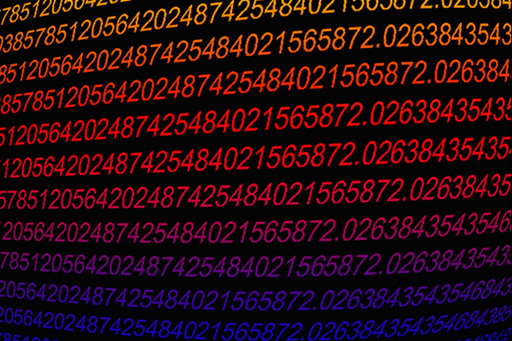3.1 Using cryptography to prove identity
Cryptography isn’t just used to hide secrets, it can also be used to authenticate data sent on an insecure network – such as the internet. The process begins by checking that your copy of a piece of data is an exact match for the one you requested.
Hashing
Hashing is the mathematical process of converting data of any size into data of fixed length known as the ‘hash’ (alternative names include message digest, hash codes, hash sums or hash values).
Hashing operates in one direction only, making it impossible to deduce the original data from the resultant hash. The intention of hashing is not to preserve the contents of the data but to create a unique identifier for every single piece of data. When a file is published on the internet, the author may choose to publish the hash value for that file. For instance, here is some information published by the GnuPG encryption software authors on their website:
Each long line of numbers and letters on the left is a hash (in this case from a hashing program called SHA-1), the text on the right is the name of the file. If you download one of these programs, you can then run your own copy of SHA-1 on your download and obtain a hash – if your file exactly matches the original the two hashes will be identical.
A variation of a single bit of data between two otherwise identical files will result in vastly different hash values, so any edits to a file between two hashing operations will result in different hash values revealing that the data has been tampered with and should not be trusted.
A large number of hashing algorithms have been developed; the most widespread are algorithms called MD5, SHA-1 and SHA-2. Although MD5 and SHA-1 are in common use, both have been found to be flawed. Under certain circumstances ‘collisions’ can occur where two pieces of different data can generate the same hash value (albeit under specifically controlled conditions).
This weakness in the MD5 hashing algorithm has been used in malware targeting Microsoft Windows computers. Since neither algorithm can be guaranteed to generate unique hashes they can be considered ‘broken’ and should not be used. The United States government requires all hashes to be generated using the newer SHA-2 algorithm which has not shown any such weaknesses.
Next, you’ll find out how digital signatures and certificates use cryptography.


